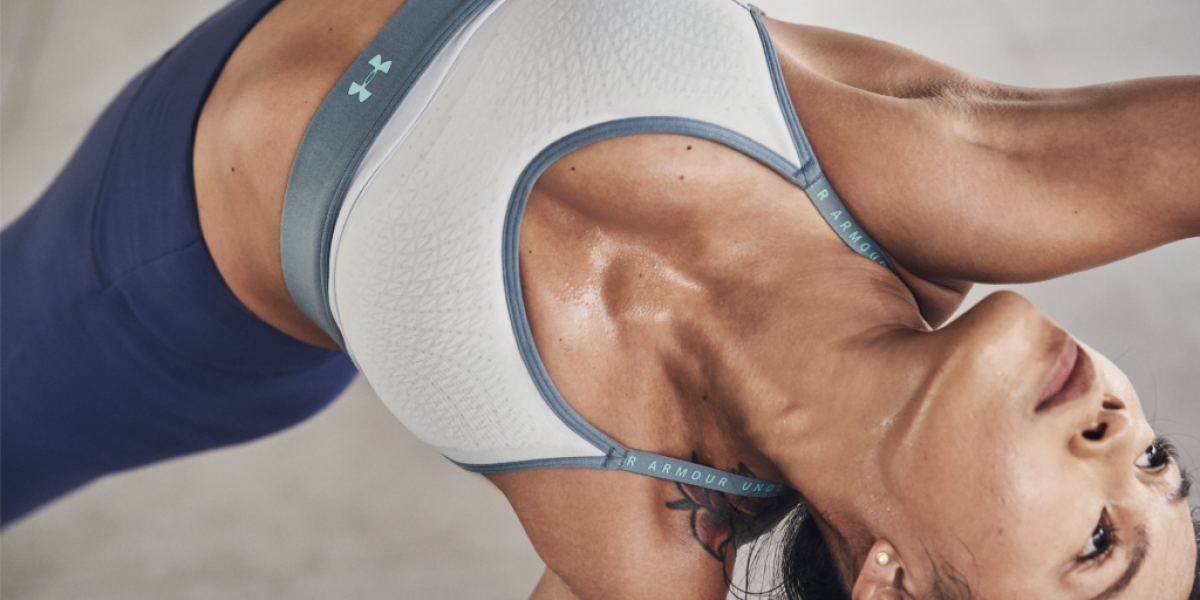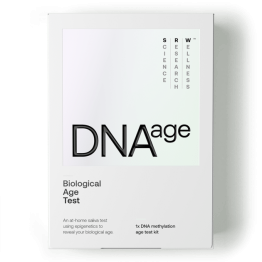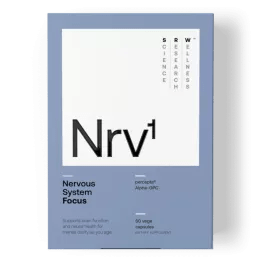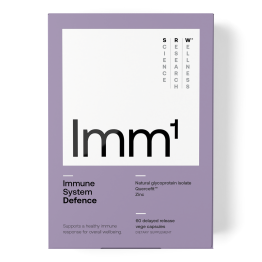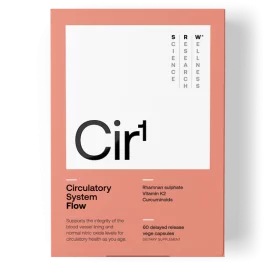Fascinating Fascia: The Old Technique For Optimal Health
There is an endless array of fitness and wellness methods and therapies out there to satiate our seemingly constant desire to seek new pathways to optimal health. From the ancient practice of yoga and its various offshoot hybrids, to fitness hits Crossfit, Spinning and Zumba, to other perhaps less effective gems as the weirdly mesmerizing Prancercise, that “springy, rhythmic way of moving forward, similar to a horse’s gait and ideally induced by elation.” Yet however we choose to stretch, exercise, manipulate and adjust our bodies for self-betterment, there might be a massively overlooked aspect of our anatomy that we should all be more in tune with; Fascia and Myofascial.
Fascia and “Myofascial release” are buzzwords that have been circulating the wellness world and in particular, yoga studios, for the last decade or so. While not a new subject, it is only relatively recently that the scientific community has started to examine the role it plays, with recent studies and scientific research showing a direct correlation to it and our health and well-being. Though on the whole, it remains in large part, poorly understood and very much open to debate.
Even its very definition has lacked one, comprehensive description due to it being so difficult to study, to the extent that a Fascia Nomenclature Committee has been formed to help resolve uncertainty around it. What is it exactly? According to the Fascia Research Congress, it is “a sheath, a sheet or any other dissectible aggregations of connective tissue that forms beneath the skin to attach, enclose and separate muscles and other internal organs.” In simpler terms, it is a biological Spanx of sorts that basically holds us together; a clingfilm-like continuum of connective tissue that wraps around every organ, muscle, bone, nerve, artery and vein in our bodies, endowing us with a functional structure.

Perhaps the most interesting thing about fascia is that it is one continuous structure from head to toe that is virtually inseparable from all other structures in the body. The logic is, it is everywhere in the body so it could affect just about everything – which has potentially huge implications for influencing musculoskeletal dynamics for starters, as well as posing researchers with the intriguing dilemma of, if it is everywhere, then how do you isolate its impact on the body?
The elasticity of fascia is at the forefront of discussion in terms of health implications. The theory posed is that higher elasticity of the fascia allows organs and tissues to function better, while “stiffer” fascia decreases performance. Fascia is thought to carry strain, stress, trauma and injury; and when trauma or injury occurs, it hardens and “blocks”, stopping oxygen and nutrient flow to the injured area. This is where “myofascial release” comes into the picture, it being touted as the best way to work with fascia, comprising a set of techniques that aim to give it a workout, stretching and smoothing it so that your body works at its optimum level. The idea is that it can be used to relieve pain and increase mobility, and early scientific research has even suggested it may also have a connection to such areas as digestive conditions and some forms of cancer.
Apparently, a tennis ball is all you need to get started with ball-rolling, and also foam-rolling, to massage specific points and apply pressure to release knots. It can be rolled backwards and forwards underneath the feet as well as over your entire body either laying back on the floor and working into the ankles, calves and up the lower back to the upper back and shoulders, or placed between your back and a wall and moved in an upwards and downwards motion.
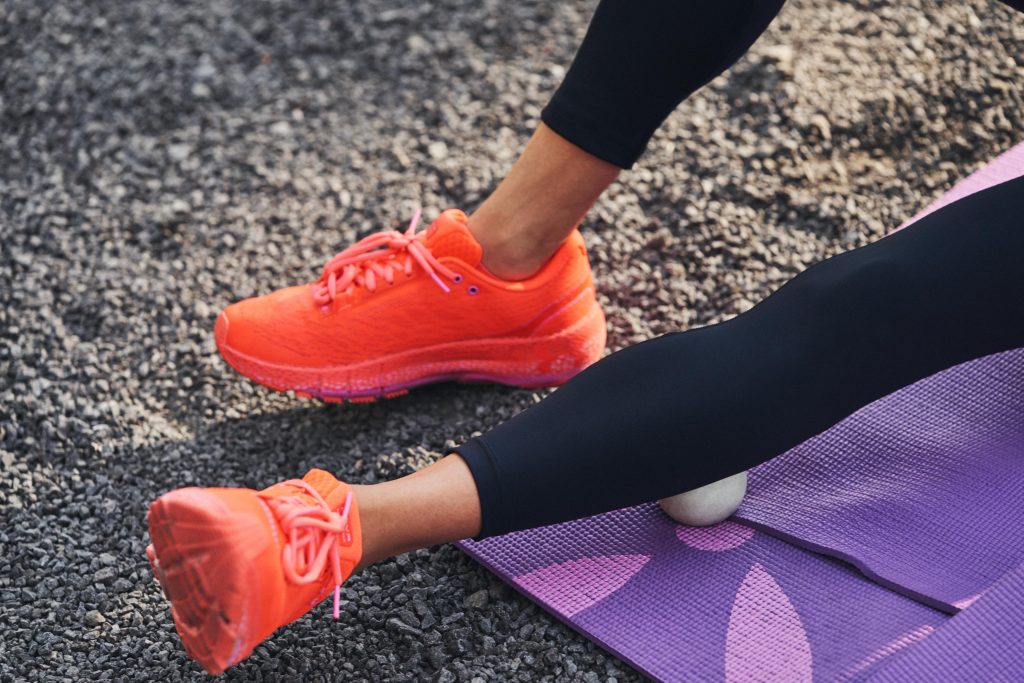
Holding yoga poses for longer is also said to have an effect on the fascia. Though the key appears to be in addressing the presence of myofasciae across extended lines within the body for lengthening – such as Downward Facing Dog stretching a backline from the ankles, up the legs, hips and spine to the temples – and holding them for between 90 and 120 seconds. Other poses addressing these extended body planes include Sleeping Swan, Camel Pose, Half Lord of the Fishes pose and Seated Gate Pose. The practice of Yin yoga has also come to the fore in targeting the fascia. It is a subtler form of yoga in which poses are held for between two to five minutes compared with the higher-energy and faster-moving “yang” of a vinyasa-style yoga, it essentially working in a similar way to acupuncture, acupressure and gentle massage.
There is some evidence to suggest that fascia may be able to actively contract in a smooth, muscle-like way, which in turn could influence musculoskeletal dynamics, and down the line offer new insights and a deeper understanding of treatments around fascia such as myofascial release therapies. But ultimately, it remains unclear whether the length of these tissues can actually be changed or “released”. It appears though that manipulation or massage can at least help to stimulate the complex network of nerve endings present in the fascia and surrounding tissue.

If fascia does in fact carry stress, trauma and injury, current and future research could be paradigm-changing, this tightly interwoven webwork having the potential to be elevated from tissue in our body that has long been regarded as inert – that which is removed and discarded in anatomical displays so that viewers can see the organs and that which surgeons view as merely “packaging” tissue to cut through to get to their target – to something immensely important in its own right from biomechanical and other physiological standpoints.
